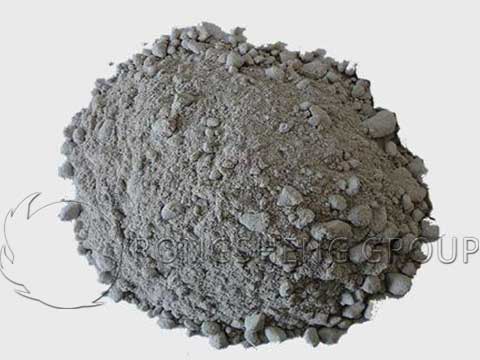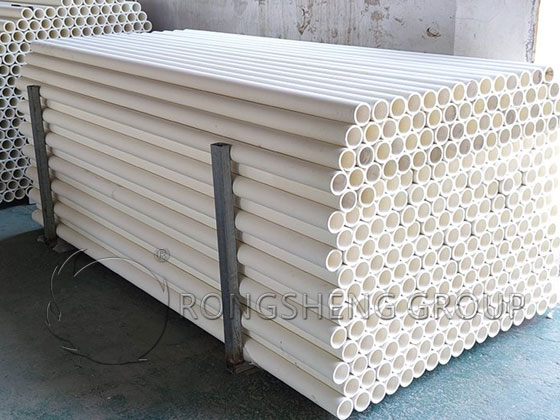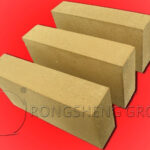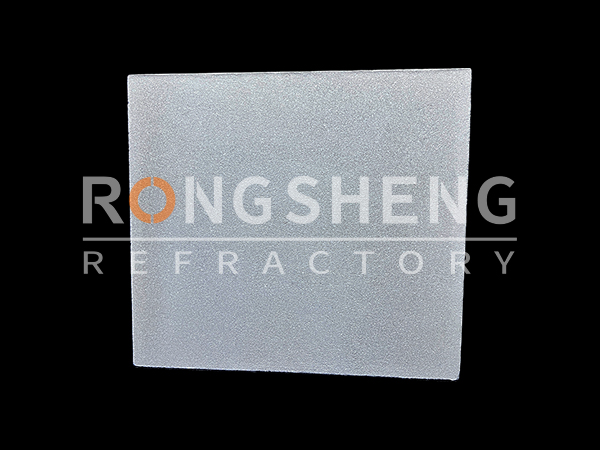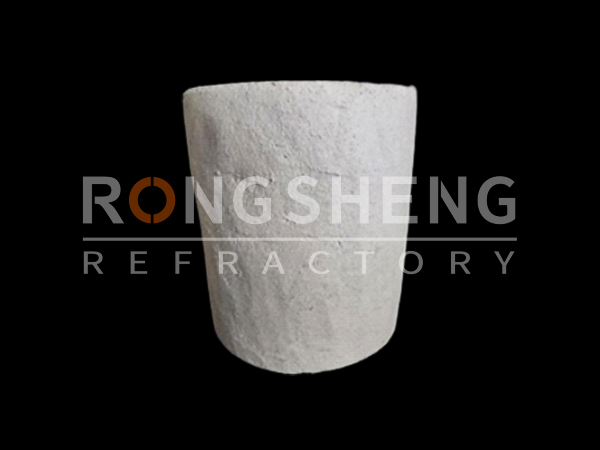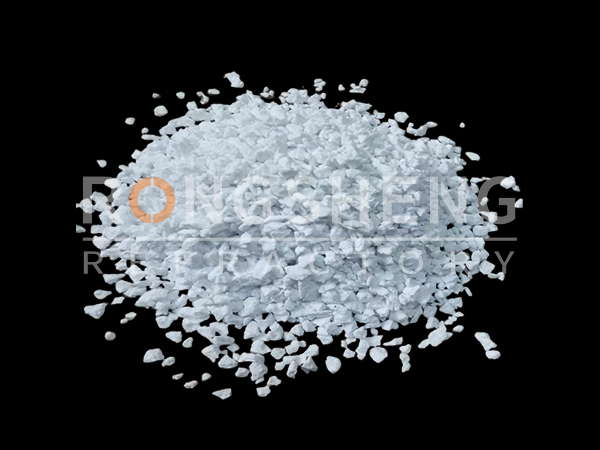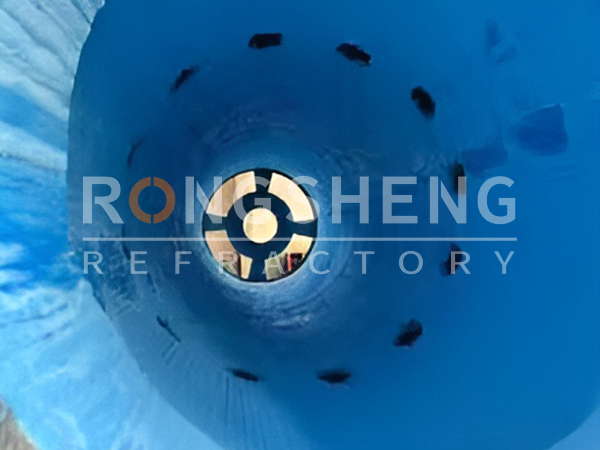Learn More About Refractory Plastics
Refractory plastics are made of refractory aggregates and powders, raw clay and chemical compound binders, and additives. After preparation and mixing, it is extruded into a brick shape. After the package is stored for a certain period of time, it still has good plasticity and can be constructed by tamping. But the plastic-refractory has better thermal shock resistance and easy construction. Applicable to various heating furnaces, soaking furnaces, annealing furnaces, hot air furnaces, etc. It can also be used in furnace cover of a small electric arc furnace, burner of the high-temperature furnace, and other parts.
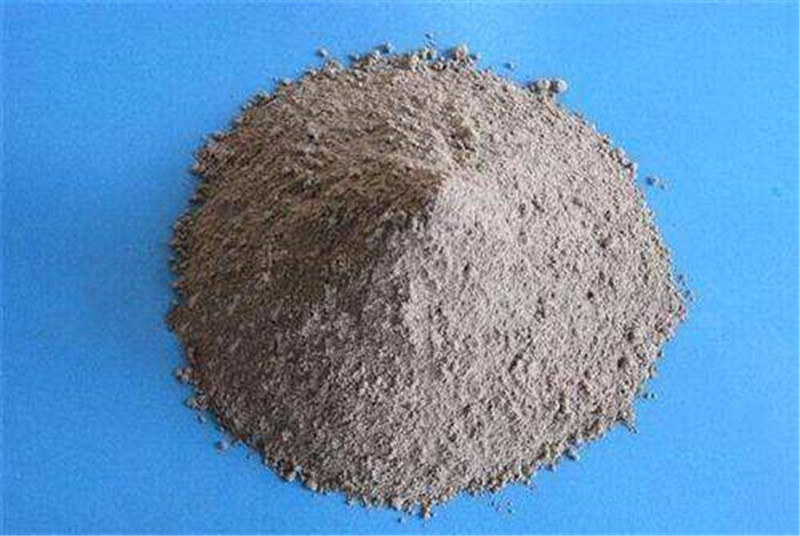
Classification of Refractory Plastics
Refractory plastics can be divided into clay, high-alumina, mullite, corundum, chromium, silicon carbide, and zirconium-containing refractory plastics according to the variety of refractory aggregates. According to the type of binder, it can be divided into refractory plastics combined with aluminum sulfate, phosphoric acid, phosphate, water glass, and resin.
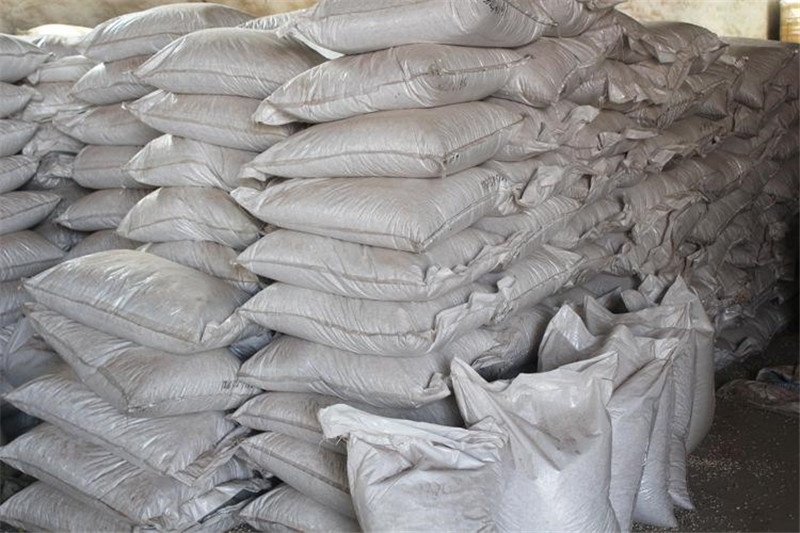
Properties of Refractory Plastic
Workability of refractory plastic.
Generally, plastic refractory should have high plasticity. And after a long period of storage, it still has a certain plasticity. If the plasticity of the plastic refractory is not significantly reduced during its storage period, hydraulic binders cannot be used. If an air-hardening binder is used, sealing measures must also be taken during storage. However, since some of the binding agents may gradually coagulate, the plasticity is gradually lost. When the plastic refractory has high water content, it is also easy to become hard due to the loss of water retention, which makes the water dispersed and lost. In order to keep the plasticity of refractory plastics unchanged during storage for a long time, retarding measures must be taken.
The hardening and strength of refractory plastics.
Ordinary refractory plastics are hard. Since there is no chemical binder in it, the strength before unsintering is very low. However, at a certain temperature, the strength increases with increasing temperature. After sintering at high temperatures, the cold strength greatly increased. The hot state strength decreases with increasing temperature at a high temperature.
Refractory plastics added with sodium silicate have a relatively fast strength change after construction. To properly control the drying speed, it is not easy to produce shrinkage cracks. The mold can be removed quickly after construction. Refractory plastics containing this kind of binder are suitable for large kilns with long construction periods.
Refractory plastic shrinks during heating.
But plastic refractory contains more clay and moisture, and it often shrinks greatly during drying and high-temperature heating. Generally speaking, because plastic refractory contains a considerable amount of clay, its deformation under high-temperature load will be higher than other unshaped materials. So for plastic refractory, its volume stability is often used as an important technical indicator. (National regulations: the shrinkage of high-grade clay refractory plastic after heating to 1400°C should be no more than 4%. The shrinkage of special-grade clay refractory plastics after heating to 1600°C should be less than 2.5%)
The thermal shock resistance of refractory plastics.
Compared with sintered refractory products of the same material and uncustomized refractory materials of other materials, refractory plastics have better thermal shock resistance. Due to the high thermal shock resistance of refractory plastic, it is better to be used where the temperature fluctuation is large.
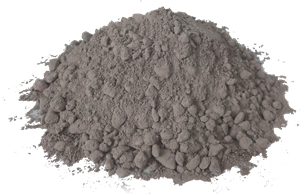
Uses of Refractory Plastics
Refractory plastics are mostly used in boiler walls and roofs of boilers. It is also used in a heating furnace, soaking furnace, and annealing furnace. But the plastic refractory has a low bulk density and good thermal shock resistance. When used in the heating process and high temperature, it will not cause serious deformation due to crystal phase change. The mineral composition near the heating surface is mullite and cristobalite crystallites, and the glass phase is less. Therefore, refractory plastic is particularly suitable for furnace walls with large temperature fluctuations and high-temperature furnace roofs that receive flame impact or radiation. Learn more from Rongsheng Refractory Materials Manufacturer.
